First demonstration that forests trap airborne microplastics
Envirotec Magazine
MARCH 28, 2024
A research group in Japan has demonstrated that airborne microplastics adsorb to the epicuticular wax on the surface of forest canopy leaves, and that forests may act as terrestrial sinks for airborne microplastics The study used a new technique to measure the levels of microplastics adhering to the leaves.


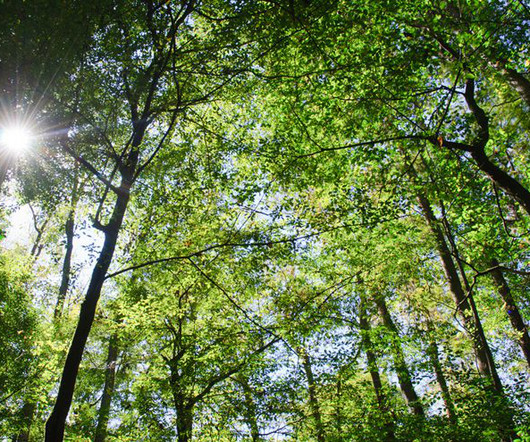
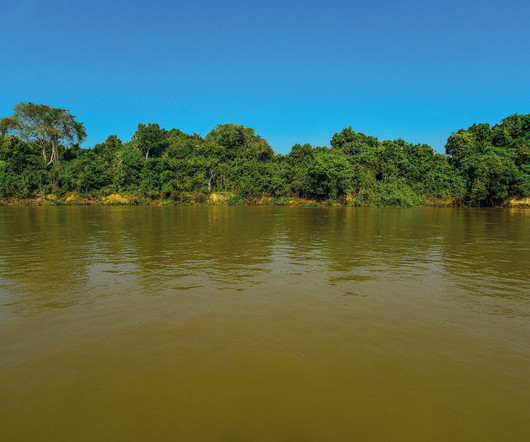

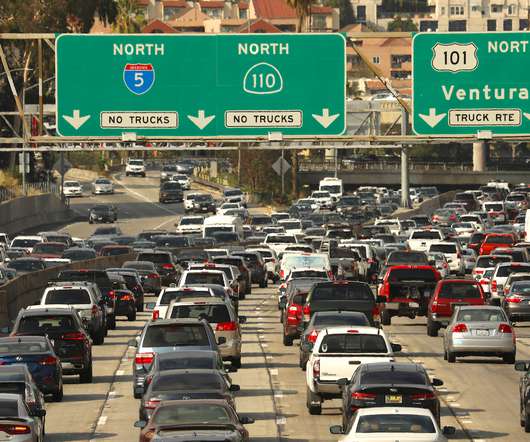

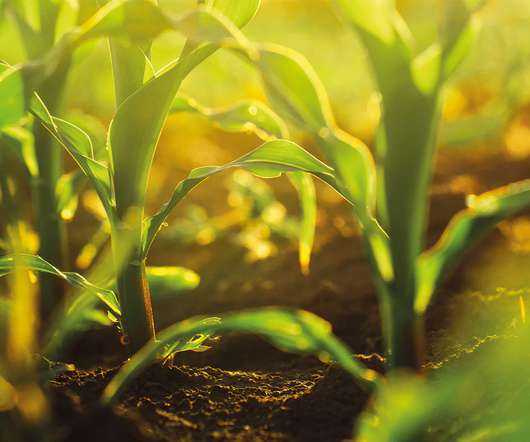
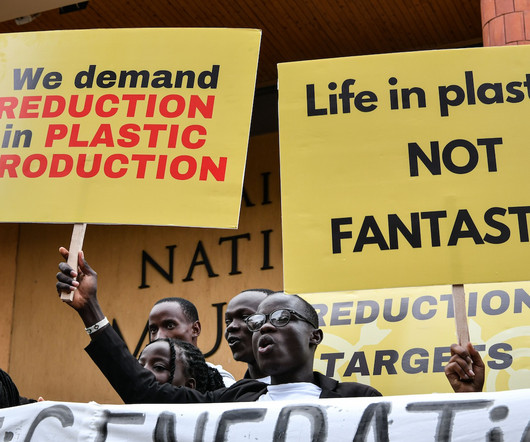
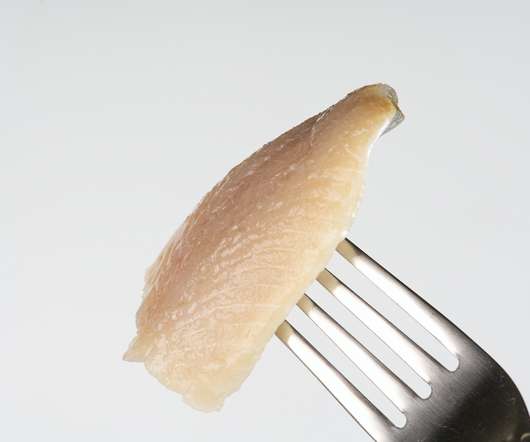
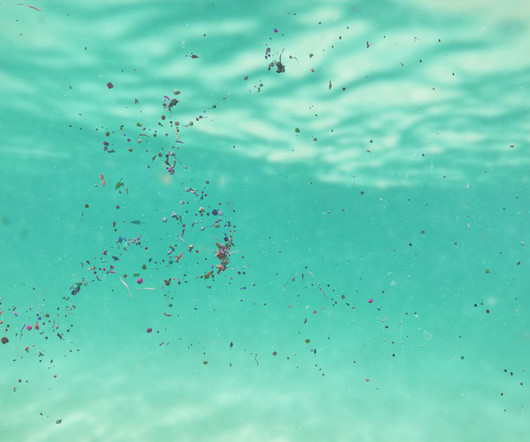



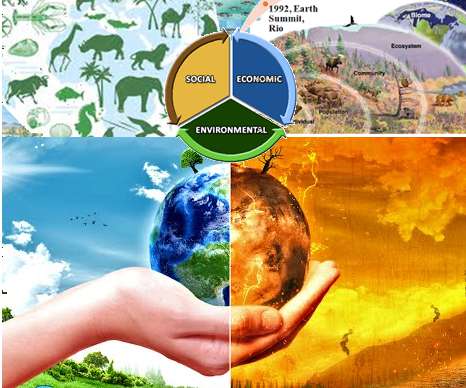








Let's personalize your content